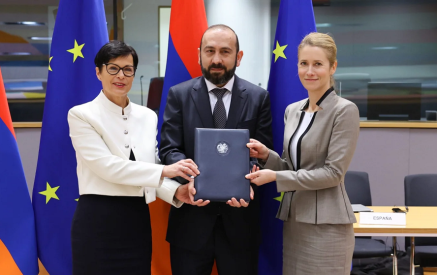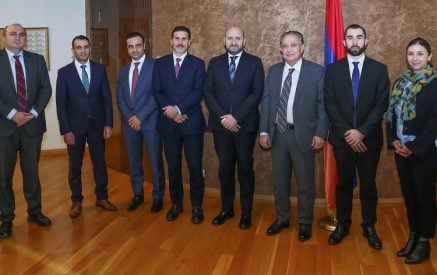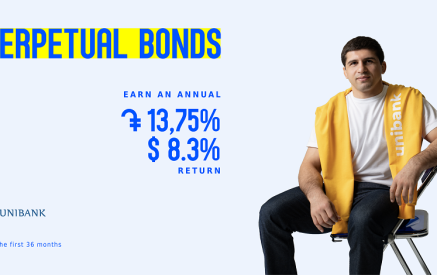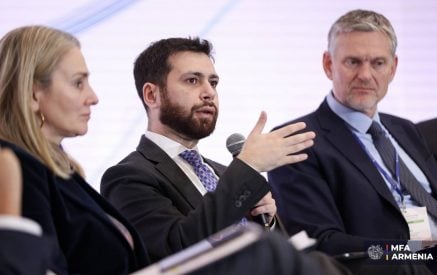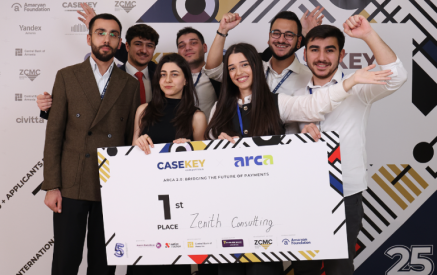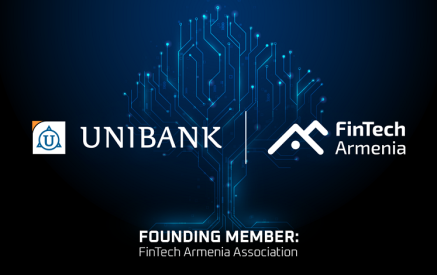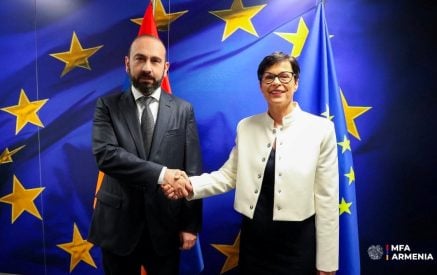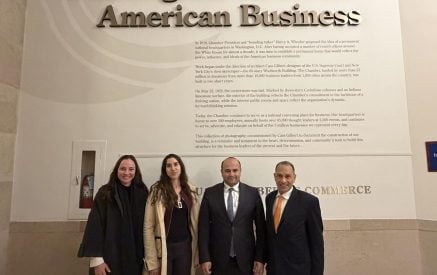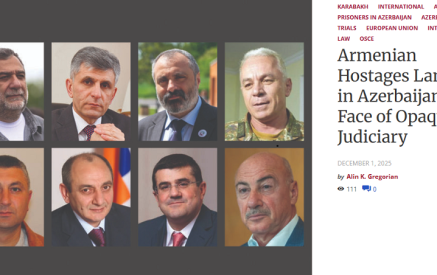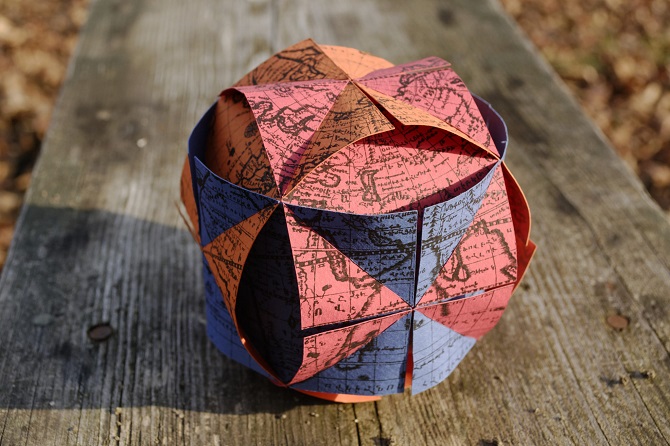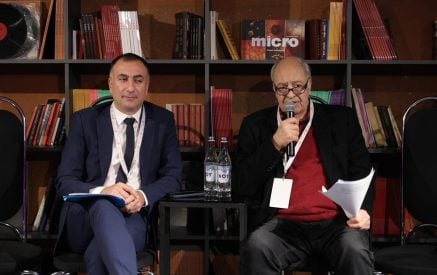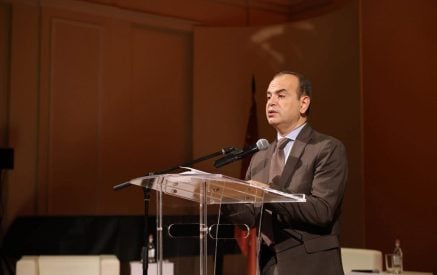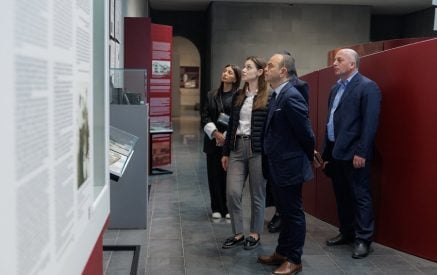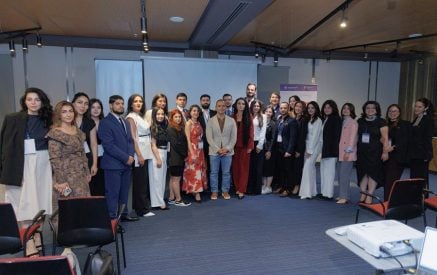The Armenian Weekly. “It was the best of times. It was the worst of times…” Like the famous Dickens’ classic, we live in an age of duality. It is indeed the best with the blessings of being both Americans and Armenians, yet the worst with the current pandemic. Unlike the two cities described during the French Revolution, we live in the duality of two countries: one from our ethnic heritage and the other from our place of birth or migration. We love both as we should. There is enough room in our hearts for both, and it makes us very unique in this world of shallow relationships. We are invested in both, and as such we worry about their future. Our heart aches when the short-term interests of both do not align because we know that both are fundamentally good for humanity. The “Great Pause” as we may remember the pandemic as, gives us time to explore some new dimensions of this reality—one very large heterogeneous country; one very small homogeneous country; one in the West and one in the East; one where our feet are, but both have a place in our hearts. Different languages, culture and life—it is the hyphenated duality. It can take many forms, but each has a path that is important.
For many, Armenia is like a new friend that we are just getting to know. They have always been around, but we were just never properly introduced. Since that “introduction,” for many us after 1991, it’s been a loving and growing relationship. The isolation from the pandemic helps us understand just how important that relationship is to us. When you are separated, the yearning grows. Most Diasporan Armenians identify with at least one of the following relationship groupings with the homeland. A growing number of us fall into all categories, which actually makes the separation and worrying greater.
The first and largest grouping is an emotional connection based on our ethnicity and upbringing. Any Armenian who sees a picture of Ararat or an ancient Armenian church feels something that connects them to Armenia. It starts in our homes at a young age, continues as we gain valuable knowledge and concludes as we pass this to succeeding generations. Many who have never been to Armenia feel this in their hearts, and when we go to Armenia, we don’t experience the tourist learning curve. It is a part of our home that has been tucked away in our hearts by previous generations. When we engage with the homeland, that circle has been completed. What is challenging for some from Armenia to understand is that many American Armenians who may have limited language skills and have not been to Armenia have a deep sense of identity and commitment. It defies some of the basics of sociology, as it is not a primary language or physical residence. Yet identity has continued three to four generations removed. This is the miracle of our existence. It is why these people with an “adjacency” identity are also worried about Armenia as they isolate. They are equally concerned about fellow Americans today. It causes us to read more, to reach out further and hopefully to become better positioned to make a difference. It is in these times of need and beyond that we learn so much more about ourselves.
Another grouping in our diaspora has to do with those who have family and prior friendships in the homeland. For many years, this was not a particularly strong segment of the diaspora, especially in the eastern U.S. The diaspora in America was essentially formed as a consequence of the Genocide. Of course, there were Armenians here even prior to the Hamidian massacres in the 1890s, but the formation of permanent communities began in earnest when the massive migration of WWI began. Most of the survivors, by definition, were “western” Armenians who were former residents of the Turkish-occupied provinces of greater Armenia. Subsequent migration from Europe and the Middle East also had their roots, for the most part, in Western Armenia. Even as we entered the 70s, there were relatively few Armenians here from Soviet-occupied Armenia. When Armenia became free in 1991, economic and social chaos ensued for several years. Jobs were scarce and the general environment was difficult. This led to a significant emigration from Armenia of over one million people to areas like Russia and the west. As a result, the number of Armenians from the eastern homeland in the US diaspora increased dramatically as they became functioning and contributing members of the community. As much as we like to think of ourselves as a homogeneous people, any significant geographic migration has a significant impact on the subculture of the diaspora. Language dialects, cultural norms and backgrounds can lead to sub-groupings that challenge the wholeness of a community. Fortunately, what we have in common has always been greater than our differences. Our communities have become, for the most part, better for these changes. When we think about Armenia and the pandemic, it is more than an emotional ethnic connection or picture for many. It was their former home and a place where family members reside. Here we can observe a much different reality. My mother, my father, my brother, my cousin—another level of concern and anxiety. This brings our duality into our home on a daily basis. Parents may speak about the concerns of their family in Armenia while the children of the house speak about their empathy for schoolmates or others in the diaspora. It makes the world much smaller and allows us to realize that physically moving does not remove us from others. Emotions always transcend distance.
Read also
The last grouping for us to consider is very dynamic and a product of the global Armenian renaissance since the tragic earthquake of 1988. It was the earthquake and then the subsequent independence that opened Armenia to its diaspora and the diaspora to its ancient homeland. A remarkable reconnecting of pieces that were not meant to be separated occurred. There was an explosion of NGOs and nonprofits everywhere in every discipline to assist in the nation-building process. Think of the thousands of business, education, activist and social relationships that have been forged internationally in the last 30 years out of this reconstruction. Behind every acronym and website are human beings who have become friends, family and fellow citizens. Today, in this pandemic, when we worry about Armenia, we think of our friends and colleagues who we love and respect. Armenia is no longer simply a geographic notation on the world atlas or a collection of pictures. Armenia and the diaspora have developed thousands of sustainable human relationships that have created an entirely different level of bonding. When people need friends in their life, they have found them in Armenia. When they need business associates, they have found them in the homeland. Marriages have been created. Children have been born. And yes there are thousands in Armenia and in America who think about each other each day. This has an incredible upside in all our lives and in times of crisis adds to our responsibility. The pandemic has confirmed another dimension of the integration of the diaspora and Armenia. Like all friends and family, we worry about each other and must pray for each other.
Our duality gives us some distinct advantages. We are uniquely prepared for a wide variety of human relationships. When we were young, we used to say that we have it great. During the week we have our “American” friends and life. On the weekends when we got tired of that, we had this entirely different group of friends from our faith and ethnicity. I still don’t think my neighborhood friends understood why we disappeared on weekends to be with cousins and visit grandparents. It carries with it a bit of complexity as we “switched modes,” but it developed important social skills. Going from public school and the Red Sox to Hayr Mer and hav ou pilaf on a weekly basis can be challenging. Now is the time for us to use our honed skills in duality to reach out to those in America and Armenia that we can comfort—two countries and two identities that both need our love, our outreach and our prayers. Make that call, FaceTime, Zoom or social distance greeting to help someone through this. Tell our brethren in Armenia we care and that we will all be together again. Call those elderly you know, and share your compassion. No one should be “alone”—not with our social experience and heart. If you need to, put some structure in your days, establish a time for a few calls, video chats or emails every day—not just your immediate family. Think of those who may be most isolated. As Dickens continued in his opening, “It was the season of light. It was the season of darkness. It was the spring of hope. It was the winter of despair.” We can all help make this be a spring of hope. We all have plenty to do. Stay well.
Stepan Piligian
Caption: The Intersection of Three Cylinders World Map. From a 1696 Armenian world map in the Leventhal Map Center in Boston.(Photo: Philip Chapman-Bell/Flickr)









































